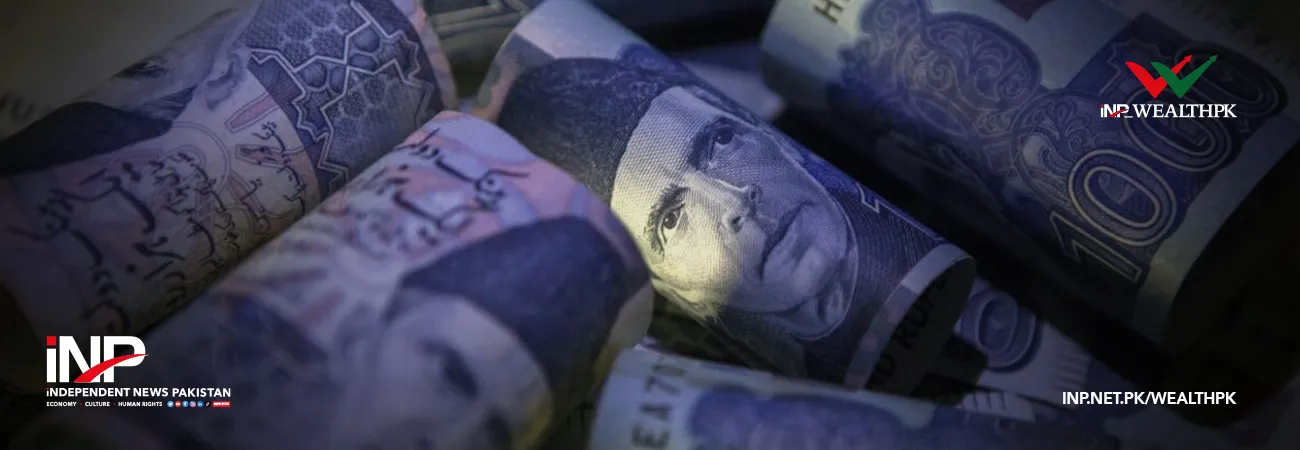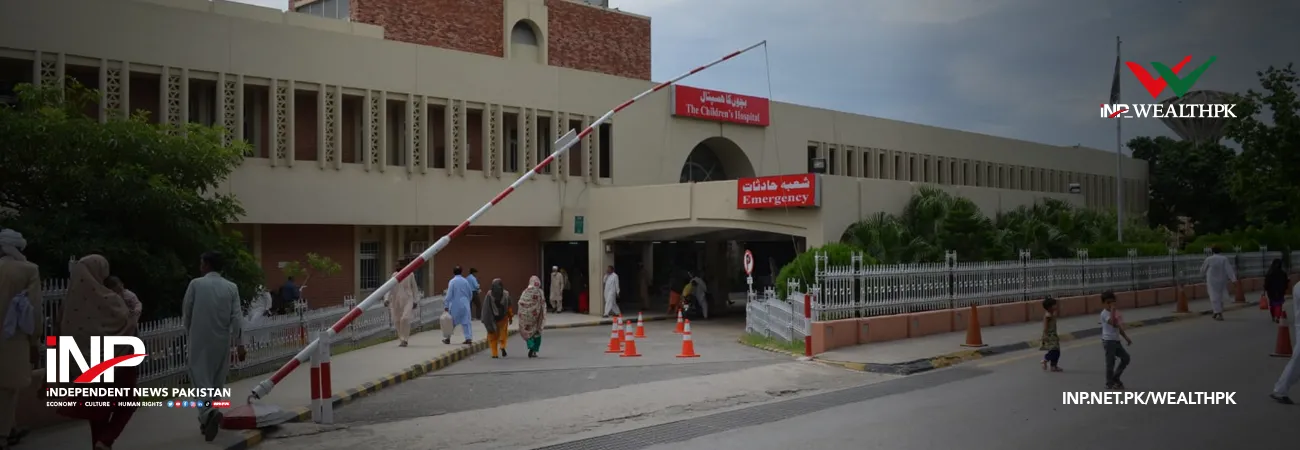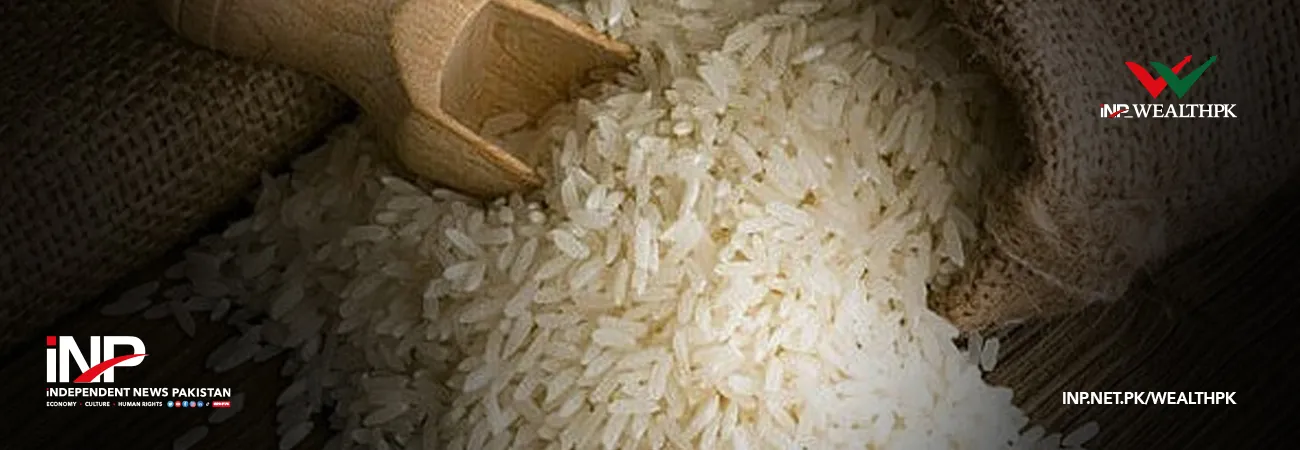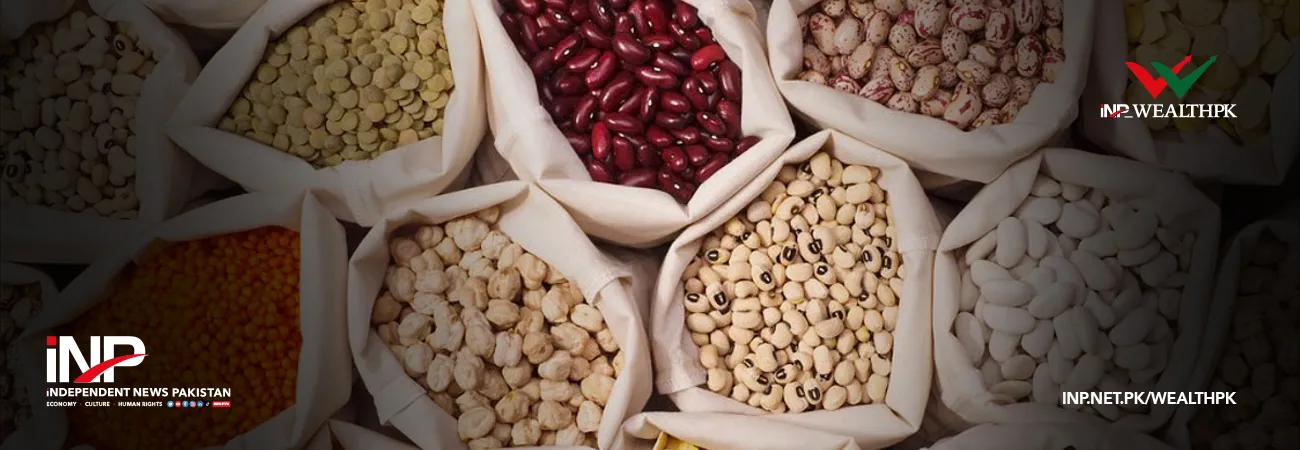INP-WealthPk
By Qudsia Bano ISLAMABAD, May 12 (INP-WealthPK): Concerns about growing cases of obesity and diabetes, as well as increasing knowledge about nutritious eating have sparked great interest in stevia sweeteners as a substitute for sugar and artificially intense sweeteners in recent years. The global need for purified stevia glycosides is continuously expanding, and agricultural production capacity is likely to fall short of market demand in the future. This provides a strong incentive to the policymakers in Pakistan to look into cultivating stevia outside of usual production zones. Despite its relevance, stevia is not farmed commercially in Pakistan. Stevia is mostly grown in China, Brazil, Japan and Paraguay. Though sugar is a common ingredient in preparation of meals for daily consumption in most households, the products made from sugarcane are deemed hazardous for human health. Wasif Shafique, a researcher at the University of Agriculture, Faisalabad, told WealthPK that stevia cultivation could be a lucrative possibility for growers looking to diversify their cropping systems and meet the growing market need for high-quality traceable raw materials. He said that various legislative initiatives such as the legalisation of stevia glycosides as a food additive taken by several countries can encourage its cultivation in Pakistan on a commercial scale. He stressed that it is critical to build economically viable and environmentally sustainable agricultural production systems by combining site-specific agronomic practices with efficient mechanisation technologies to produce and process high quality products. “Several agronomic parameters (e.g. cultivar selection, propagation and transplanting, long-term weed management, nutrition, watering, and harvesting) should be optimised to improve not only leaf production but also leaf quality in terms of stevia glycosides and bioactive chemicals.” Wasif Shafique said that traceability and crop quality control along the production chain are the main aspects of obtaining a certification that will give farmers preferential market access and allow them to sell the raw material at a higher price. “Stevia can be produced in places like Swat, Hunza, Chilas, Malakand, Rawalpindi, and Islamabad, where temperatures range from 20 to 30 degrees Celsius. Given the sugar shortage in the country, the government should promote production of stevia,” said the researcher. Explaining how the crop can be grown, he said a nursery must be built first to cultivate stevia. “A nursery can be established in three ways: through seed, stem propagation, or tissue culture technique. Plants grown from seed in the nursery are transplanted to the field after two months, whereas plants grown through stem propagation and tissue culture are transplanted after one month.” He said the spring crop should be planted in December and January and transferred to fields in February and March, while the autumn crop should be planted in June and July and transferred to fields in August and September. “Before preparing a raised bed, farmyard manure is usually applied to the soil. If inorganic fertilisers are used, two bags of urea, one bag of DAP, and one bag of potassium sulfate per acre are added to increase the yield. Adopting proper agronomic methods can result in 60-70 mounds of dried leaves per acre.” Wasif Shafique said the government and private sector organisations should hold training sessions and seminars to teach farmers how to grow stevia in Pakistan. “To tell farmers about the relevance of the stevia crop, print and electronic media must broadcast techniques for its cultivation and importance.”













